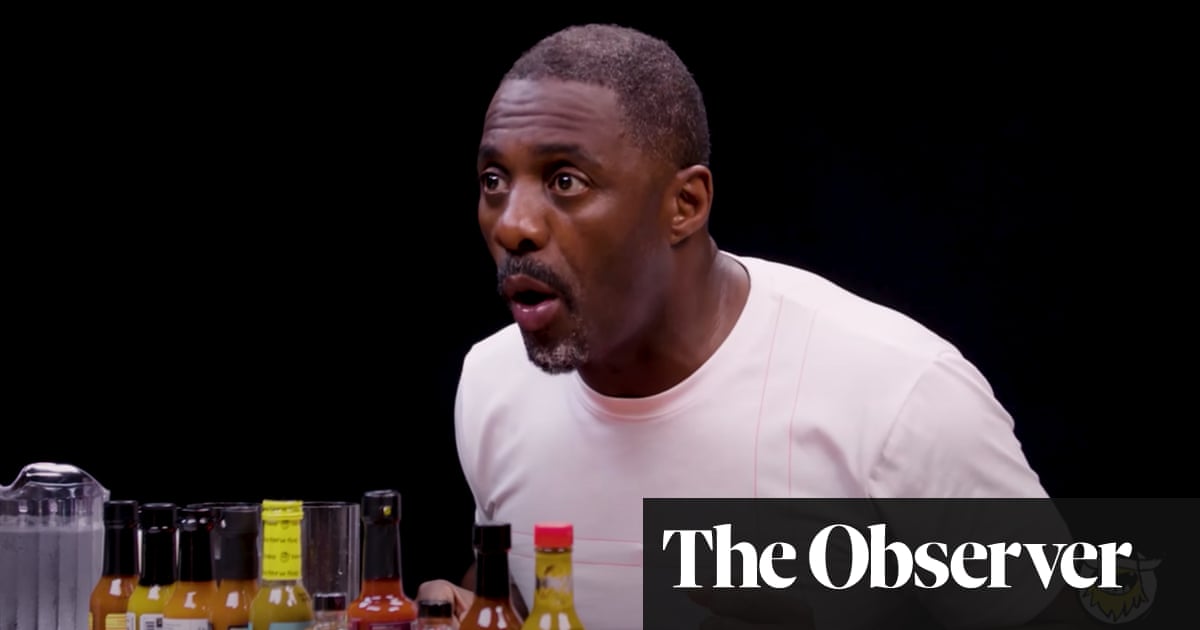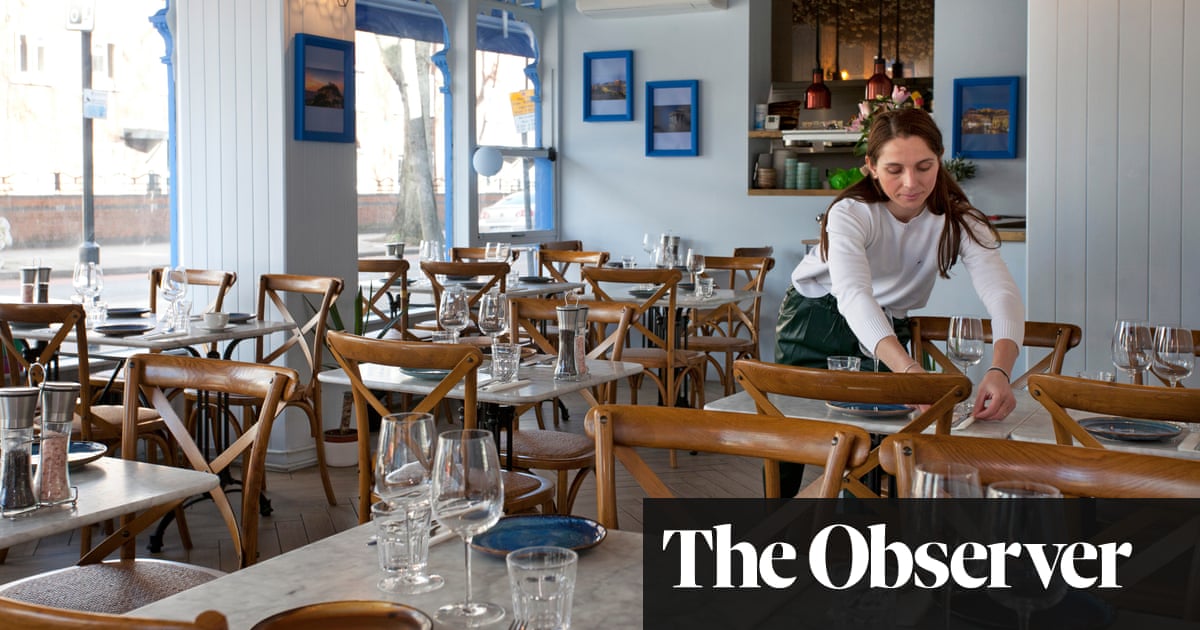
“We can break down the hot sauce industry into three different eras,” says Mat Garthwaite of Melbourne-based Mat’s Hot Shop. Yes, that’s right, hot sauce has eras and a growing craft movement. Who knew?
Table sauces, like Tabasco – “literally just chilli and vinegar” – are the first era, says Garthwaite.
There’s “the death era”, shaped by thrill-seekers, with chilli extract used for maximum heat but minimum flavour. You could expect product names focused on “extreme bum, poo and wee jokes,” says Garthwaite – the age of “this is gonna kill ya” marketing, if you will.
Garthwaite’s focus is “the third wave”: small-batch producers, using actual chillis, not extract. Before Hot Shop opened, Garthwaite had been exposed to the US’s developing craft sauce scene while living intermittently in New York when he was working in the music industry. Then a period of unemployment saw him jump from enthusiast to importer, sharing his picks with the nascent Australian market.
That was almost four years ago, when there was a dearth of “natural” Australian products – natural meaning sauces that eschew thickening agents, gum, extracts and preservatives. Now, natural Australian hot sauces are on the rise, with a focus on process, flavour profiles, and “what you can do with chillies beyond just heat”.
A chef by trade, Gaspar Tse started the Sydney-based Hotluck Snack Club as a Covidside hustle. The signature condiment is a kimchi hot sauce, the recipe for which Tse developed over six months with three types of chilli, fermented with “[mostly] everything that usually goes into a kimchi” such as shallots, garlic and carrots.
“It tasted like kimchi, which was the important thing,” he says. But it also tasted like hot sauce: “sort of punchy, spicy, vinegary, with kick to it”.
Sign up for the fun stuff with our rundown of must-reads, pop culture and tips for the weekend, every Saturday morning
Tse uses the hot sauce “anywhere you want to add a bit of spice and acidity”. Eggs on toast is a given, but it also works stirred through a pasta dish or in kimchi fried rice, a recipe he provides to customers. “You pass the rice through lots of [aromatics] and then just finish with that hot sauce at the end to give it that extra kick.”
Leigh Nash, also a chef by trade, first made his own sriracha because he wanted something with more heat and no preservatives. Dingo Sauce Co. is the result, made using farm-direct produce from around Western Australia.
Nash would have been happy to sell a few bottles locally, but he says “it turns out there’s this … global phenomenon in hot sauce,” where nuance of flavour profiles and varied heat levels matter. “It’s pretty much like profiling wine or craft beers.”
Assisted by a state-funded grant, Dingo Sauce Co. now sells into Singapore with a view to expand further into Asia. Featuring on two seasons of the cult web series Hot Ones (where A-listers such as Lizzo submit to a “trial by fire” interview) has opened the American market for him too. “We got recognition … and that’s really pushed things,” he says.
Hot Ones’ influence is significant, says Garthwaite, who stocks the series’ lineup in Australia. “It’s an amazing platform for the craft hot sauce industry: 18 seasons, 10 sauces a season, and nine out of 10 [sauces] is a natural sauce.”
Delve into hot sauce culture and you’ll find regional variation, shaped by everything from taste and produce availability to migration and colonisation. “I’m not going to call myself an expert,” says Barbados-born chef Paul Carmichael, lately of Sydney’s now-closed Momofuku Seiobo.
“Within the Caribbean the majority, if not all islands, always have a hot sauce on the table for meals. It varies from place to place, and once you’re in a place, it varies from household to household, because everybody’s got their own little recipe.”
Carmichael recently put together an at-home box for the chef-made meal kit service Fix with his own specially made hot sauce. The menu included “hot sauce eggs” (boiled egg marinated in hot sauce).
“I feel like it’s drinkable,” says Carmichael. It’s not a “competition for spiciest thing on earth,” according to him, adding that there’s no etiquette to application. “Do as you please, just have at it.”
He feels no patriotic or familial duty to create something Barbadian; just something delicious. Mustard-based sauce is favoured in Barbados, with turmeric and lots of Scotch Bonnet peppers. But Carmichael’s core ingredients are habaneros, vinegar, and soy sauce.
While his sauce is currently sold at a small scale on Fix, would he turn his hand to it more regularly?
“Well,” he laughs, “if … like a thousand people buy it, maybe I’ll quit my job and just keep making hot sauce”.
This article was amended on 13 December to correct the recipe for Hotluck Snack Club’s kimchi hot sauce.












